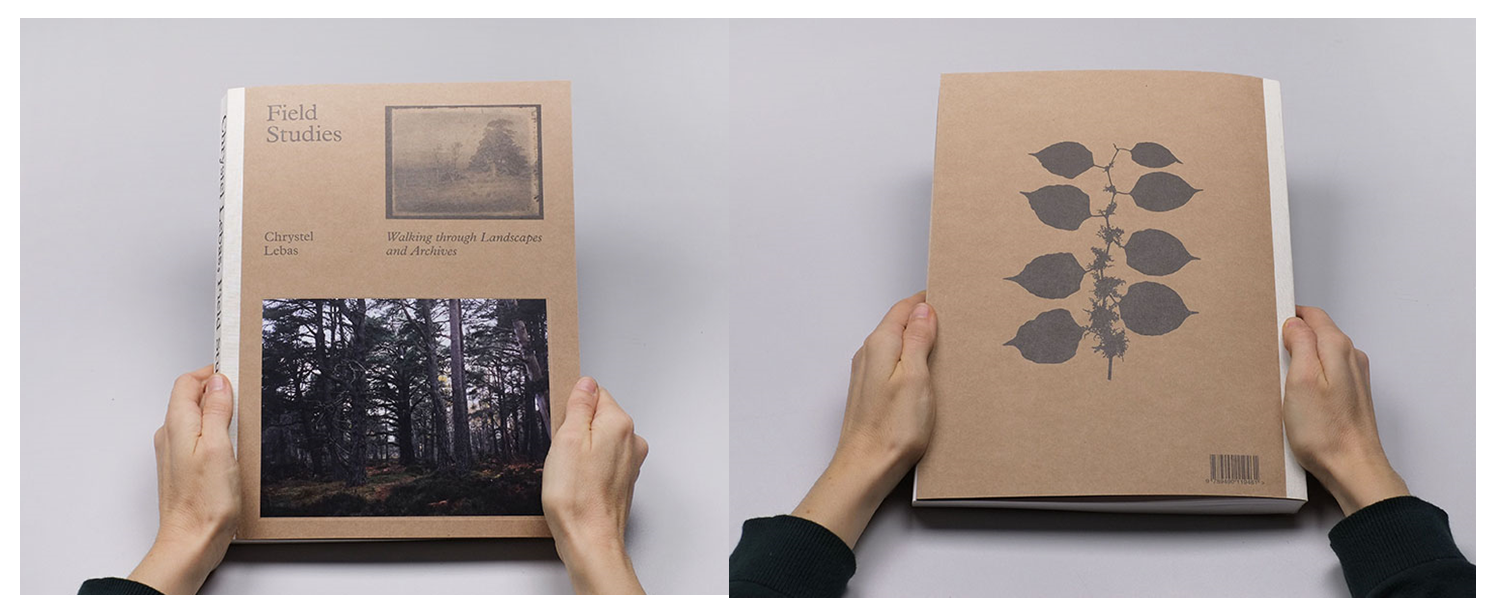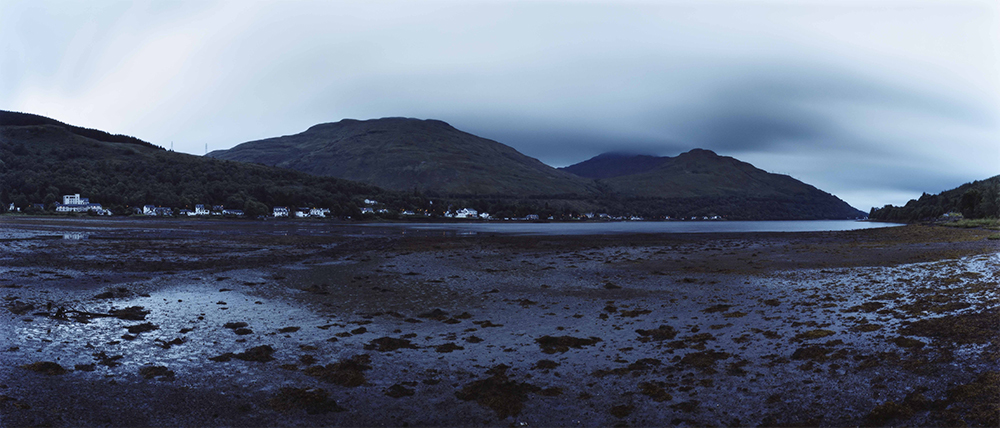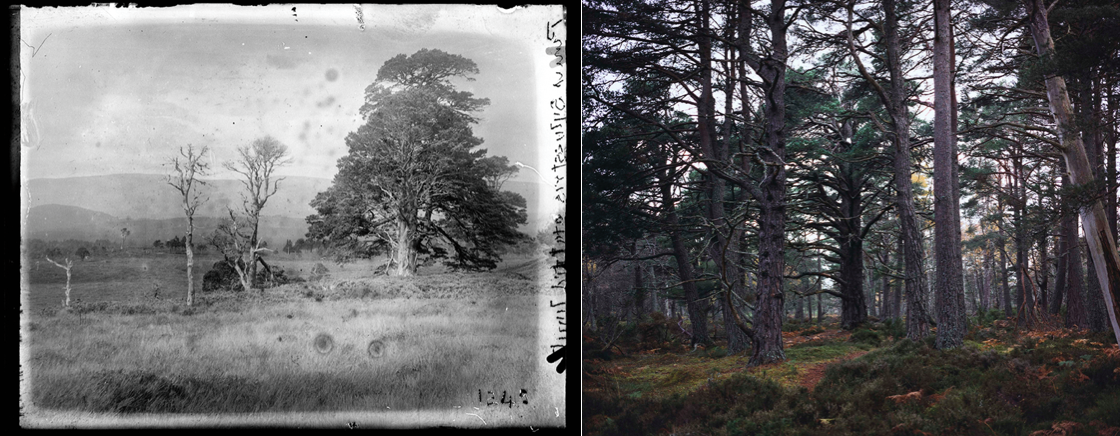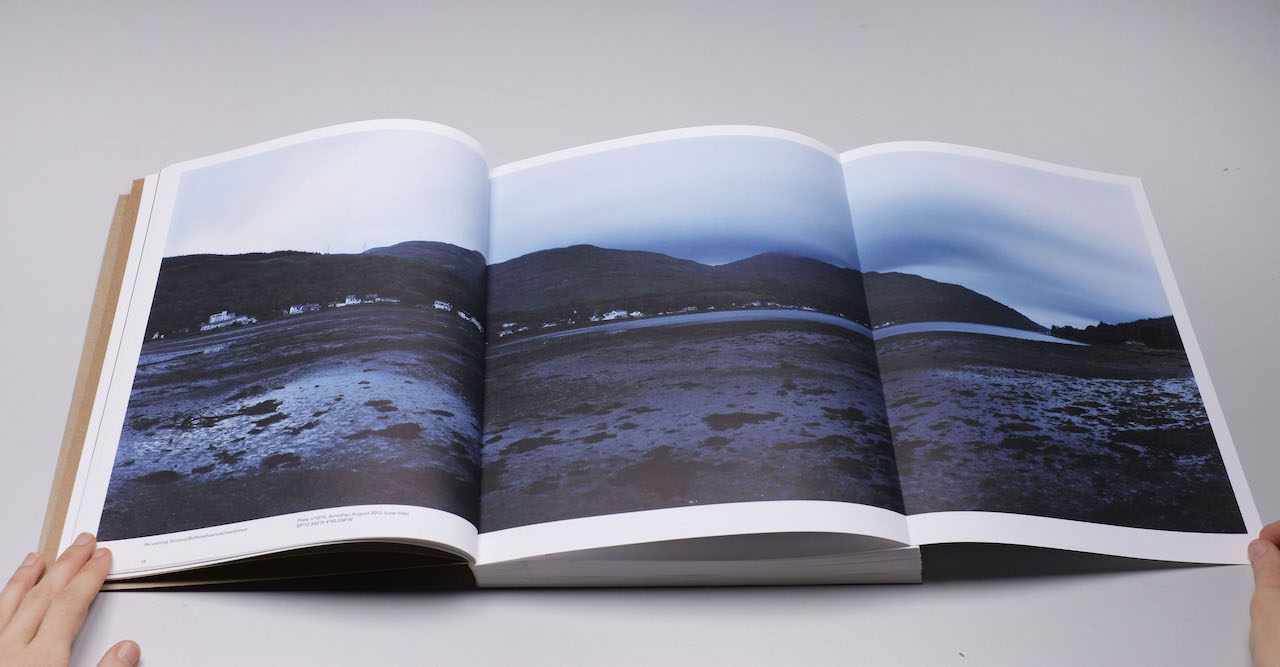Download and save the new Planning and Tracking sheet below in your own folder and complete an audit of what work you have completed, what work needs improving, and what work you haven’t done yet by the end of each week every Friday.
PLANNING-TRACKING-PERSONAL-INVESTIGATION-AUTUMN-TERM-2018-2
Use colour codes and write comments
Green = complete
Yellow = needs improving + write a comment on how
Red = missing work/ not done
Save each slide as a JPEG and publish it on the blog![]() Also fill in this weekly planner up until H-term and write in each column what you work you will be focusing on in each week.
Also fill in this weekly planner up until H-term and write in each column what you work you will be focusing on in each week.
Make note of each deadline for a photo-shoot. The aim is to complete a photo-shoot at least every two week so that you develop a body of work that you can experiment with and edit a selection of images for your project.
You must have completed at least 4 photo-shoots this term before Christmas break.

Week 9 & 10: 5 – 19 Nov
Personal Investigation & Contextual Studies
Complete the following blog posts
Personal Investigation: Lesson time (Mon, Tue, Thurs & Fri)
Bring images from POLITICAL LANDSCAPE photoshoots done over H-term to lessons and follow these instructions
- Save shoots in folder and import into Lightroom
- Organisation: Create a new Collection Set: Political Landscape and create a Collection from each shoot underneath the set.
- Editing: select 8-12 images from each shoot.
- Experimenting: Adjust images in Develop, both as Colour and B&W images appropriate to your intentions
- Export images as JPGS (1000 pixels) and save in a folder: BLOG
- Create a Blogpost with edited images and an evaluation; explaining what you focused on in each shoot and how you intend to develop your next photoshoot.
- Make references to artists references, previous work, experiments, inspiration etc.
Further experimentation:
- Export same set of images from Lightroom as TIFF (4000 pixels)
- Experimentation: demonstrate further creativity using Photoshop to make composite/ montage/ typology/ grids/ diptych/triptych, text/ typology etcappropriate to your intentions
- Design: Begin to explore different layout options using Indesignand make a new zine/book. Set up new document as A5 page sizes.
- Make sure you annotate process and techniques used and evaluate each experiment
Week 10: 12 – 19 Nov
Contextual Study: Lesson every Wed and Homework
Photography and Truth
- ANALYSIS: Choose one image from case studies listed below that questions the notion of truth regarding the photographic image and its relationship with reality and explain why.
- PHOTO-ASSIGNMENT :Based on your chosen theme of Political Landscape make two images, one that you consider truthful and one that is not.
Week 11: 19 – 26 Nov
Mon 19 Nov – Introduction to Personal Study:
Objective: Criteria from the Syllabus
- Essential that students build on their prior knowledge and experience developed during the course.
Lesson task: Choose one Personal Study from past students, either from blog post above or photobooks in class. Look through sequence of images carefully and read the essay. Present the study in class and comment on the book’s, concept, design and narrative. Review the essay and comment on its use of critical/ contextual/ historical references, use of direct quotes to form an argument and specialist vocabulary relating to art and photography. Make an assessment using the mark sheet and calculate a grade.
MOCK EXAM:
Tue 20 Nov (13C)
Wed 21 Nov (13 A & 13D)
Lesson 1 – Reviewing and reflecting:
- From your Personal Investigation write an overview of what you learned and how you intend to develop your Personal Study essay.
- Describe which themes, artists, approaches, skills and photographic processes/ techniques inspired you the most and why.
- Include examples of current experiments to illustrate your thinking.
Lesson 2 – Contextual Study:
- Research artists/photographers, methods, art movements and historical context appropriate to your Personal Study essay
Lesson 3 – Academic Sources:
- Find 3-5 different texts to support your academic study from a variety of sources (books, articles, journals, magazines, websites, Youtube/films etc.)
Lesson 4 – Essay Question:
- Think of a hypothesis and list possible essay questions
Lesson 5 – Essay Plan:
- Make a plan that lists what you are going to write about in each paragraph.
Homework – Independent Study: Essay Introduction
- Begin to read, make notes, identity quotes and comment to construct an argument for/against.
- Explain how you intend to respond creatively to your artists references and further experimentation and development of your photographic work as part of your Political Landscape project.
- Complete a draft version of your introduction and upload to the blog by Mon 26 Nov.



 Lebas’s beautifully printed, richly hued photographs are presented alongside Salisbury’s small black and white glass plate images. On her walks, Lebas was often accompanied by a contemporary botanical expert, which, she writes, enabled her to realise that “my remit was very different from Salisbury’s. He was a scientist disguised as a photographer. Was I becoming a photographer disguised as a scientist?” She uses a panoramic camera and often shoots at dusk when the light quality in these still, quiet places can be almost otherworldly.
Lebas’s beautifully printed, richly hued photographs are presented alongside Salisbury’s small black and white glass plate images. On her walks, Lebas was often accompanied by a contemporary botanical expert, which, she writes, enabled her to realise that “my remit was very different from Salisbury’s. He was a scientist disguised as a photographer. Was I becoming a photographer disguised as a scientist?” She uses a panoramic camera and often shoots at dusk when the light quality in these still, quiet places can be almost otherworldly.


 “Drawing from Salisbury’s approach to documenting species by uprooting them and placing them directly onto paper or a sheet of fabric to photograph them, I placed each plant directly onto colour photographic paper in the darkroom under the enlarger light. Progressively changing the cyan, magenta or yellow filtration on the enlarger, each colour changes the way the plant emanates from the paper’s surface.
“Drawing from Salisbury’s approach to documenting species by uprooting them and placing them directly onto paper or a sheet of fabric to photograph them, I placed each plant directly onto colour photographic paper in the darkroom under the enlarger light. Progressively changing the cyan, magenta or yellow filtration on the enlarger, each colour changes the way the plant emanates from the paper’s surface.